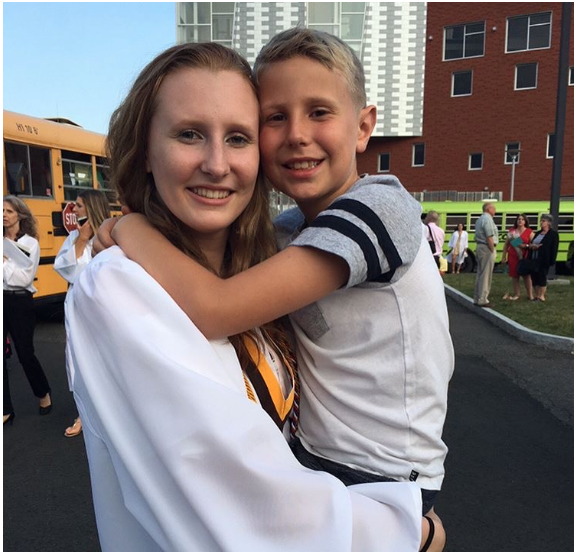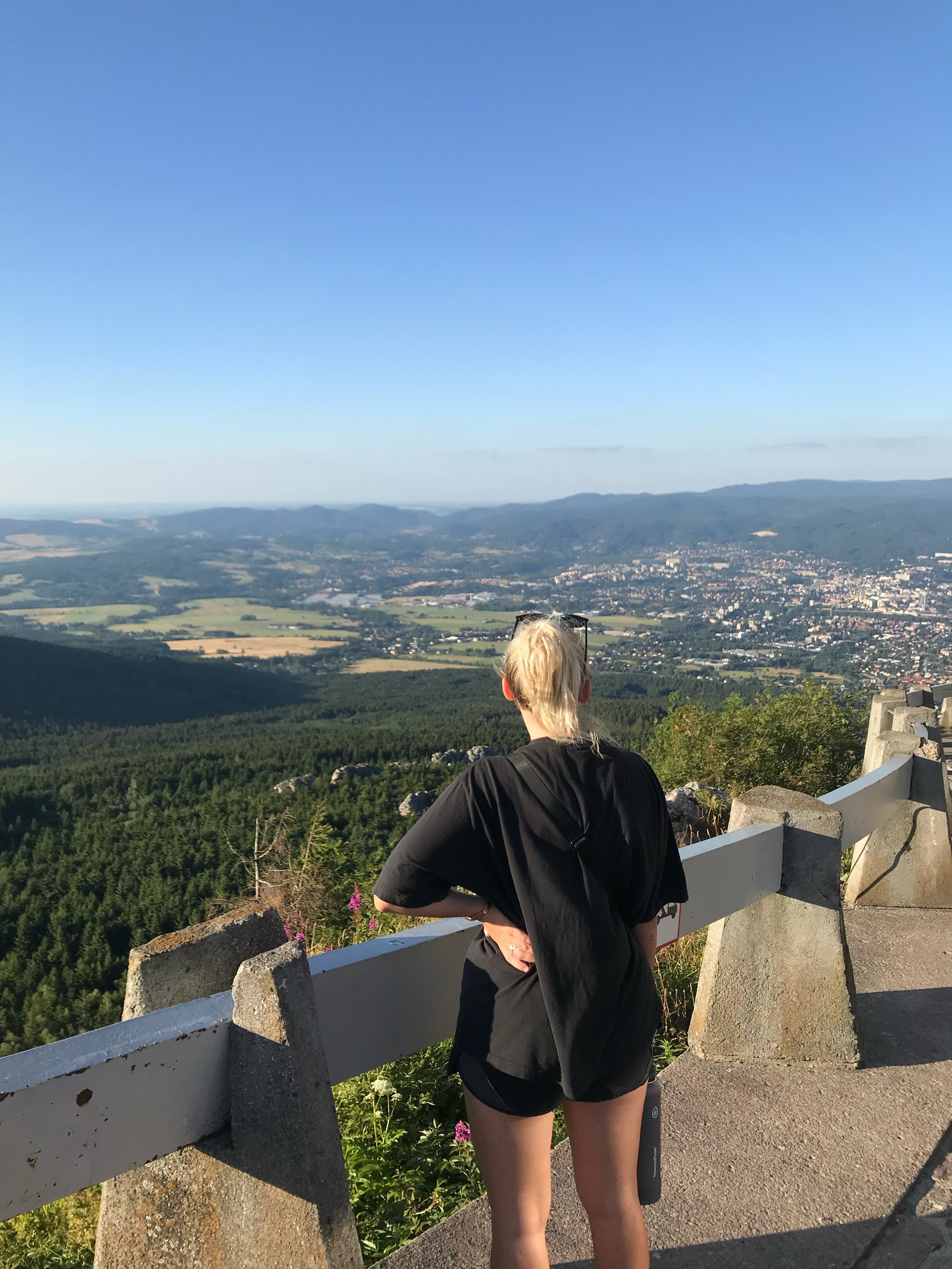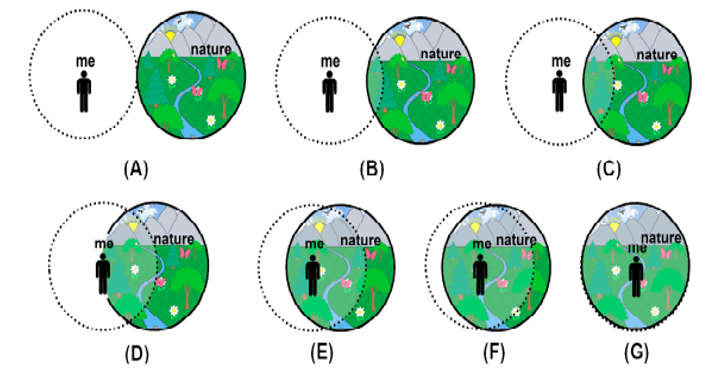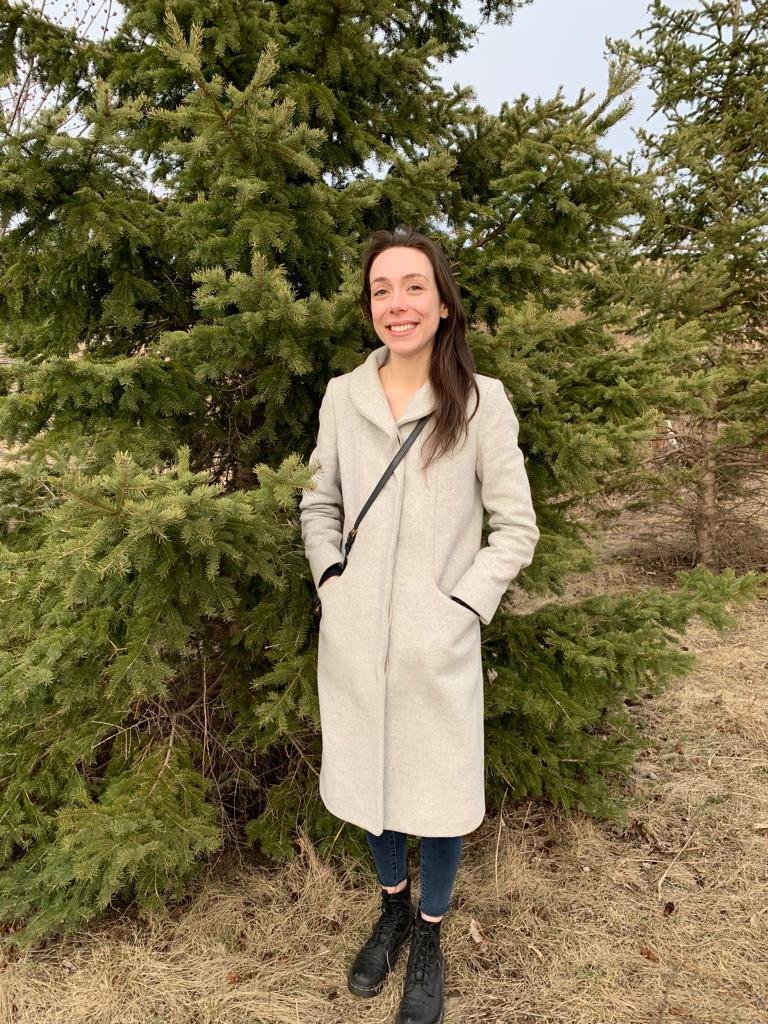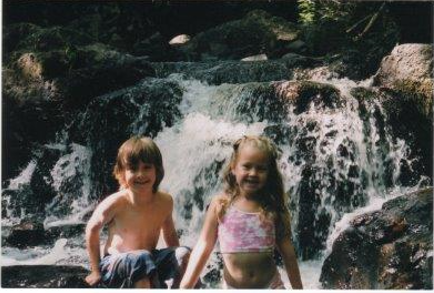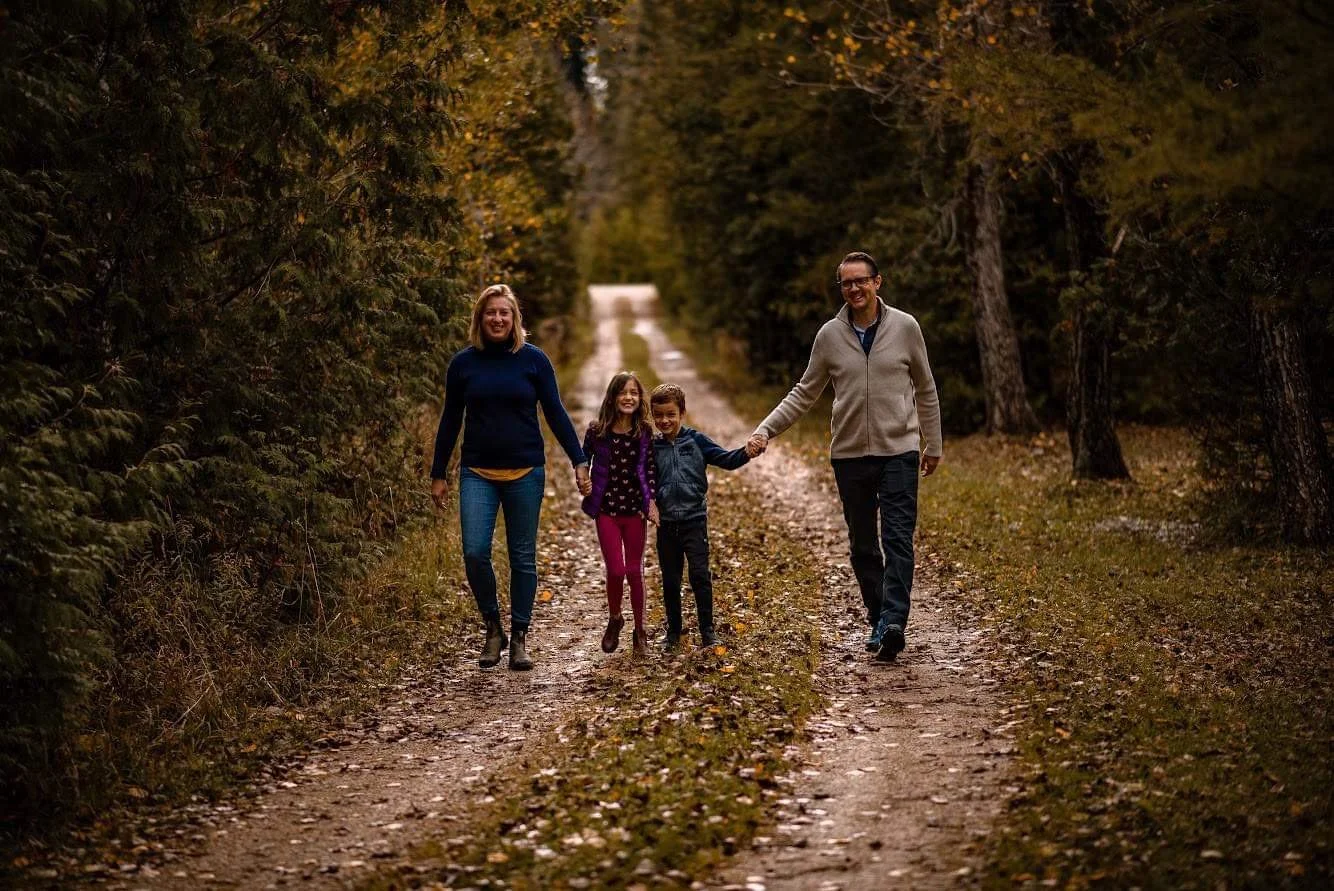Hello parents! My name is Lia and I’m a first year occupational therapy student at Western University completing my fieldwork placement with Larchwood Nature OT. For the next two months I will be on my clinical fieldwork placement at the summer camp program helping children engage in therapeutic nature based activities including yoga, water play, mindfulness, and hiking. Through these activities I will help them work on motor, cognitive, social emotional and sensory occupational challenges. I am also interested in creating resources for parents & caregivers to utilise the strategies from camp at home.
I have personally experienced the therapeutic effects of nature from a young age and I have a passion for working with children which is why I was drawn to this opportunity. I grew up in a very small town in Connecticut with a forested area. My sister and I would spend hours exploring our backyard for bugs, frogs and plants; climb trees, roll in the grass, run in the rain, and spend all the time we could in the sun. Last year I deeply reconnected with nature in Hawaii where I spent all my days outdoors for two months swimming, hiking, surfing, snorkeling, and playing beach volleyball. While I love the urban aspects of a city I am always drawn to the outdoors.
My passion for children started from a young age. My brother is 9 years younger than me so I always felt very nurturing and protective of him. I fostered this love of kids by spending summers working as a nanny, since the age of 16. I love creating games tailored to kid’s passions and interests along with crafts, storytelling and reading. My favorite part of camp so far was leading a mindfulness yoga session by acting out the well known story "Where the Wild Things Are", through yoga poses and active movement.
